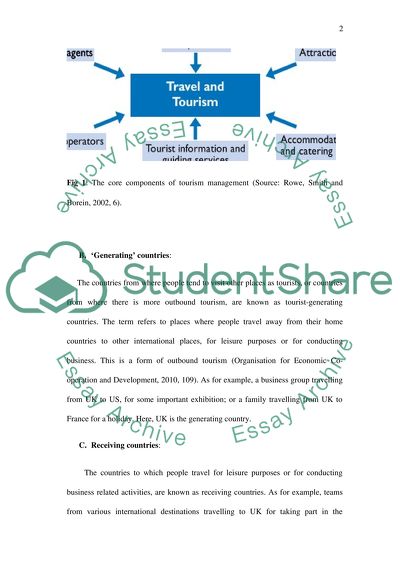Cite this document
(“Introduction to Tourism Management Essay Example | Topics and Well Written Essays - 1500 words”, n.d.)
Introduction to Tourism Management Essay Example | Topics and Well Written Essays - 1500 words. Retrieved from https://studentshare.org/tourism/1435177-introduction-to-tourism-management
Introduction to Tourism Management Essay Example | Topics and Well Written Essays - 1500 words. Retrieved from https://studentshare.org/tourism/1435177-introduction-to-tourism-management
(Introduction to Tourism Management Essay Example | Topics and Well Written Essays - 1500 Words)
Introduction to Tourism Management Essay Example | Topics and Well Written Essays - 1500 Words. https://studentshare.org/tourism/1435177-introduction-to-tourism-management.
Introduction to Tourism Management Essay Example | Topics and Well Written Essays - 1500 Words. https://studentshare.org/tourism/1435177-introduction-to-tourism-management.
“Introduction to Tourism Management Essay Example | Topics and Well Written Essays - 1500 Words”, n.d. https://studentshare.org/tourism/1435177-introduction-to-tourism-management.


